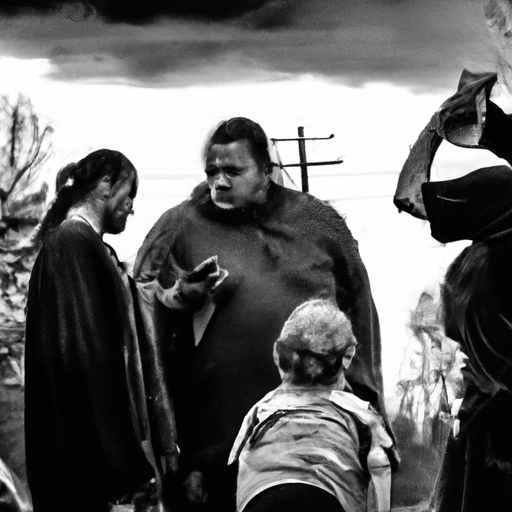Reflecting on the Pervasive Opioid Crisis in the Canadian Indigenous Communities
One of the touchpoints in the discussion of Canada’s opioid crisis is its effects on the country’s Indigenous populations. A recent video posted on Global News takes a hard look at the situation, with a special focus on the Stoney Nakoda First Nations of Alberta.
The Opioid Crisis: A Clear and Present Danger
The opioid crisis is a complex public health issue with devastating effects on individuals, families, and communities across Canada. Misuse of opioids, initially considered useful for managing pain relief, has seen a heightened surge within the last decade.
Worthy of note is that Indigenous communities have been hit hard by this epidemic. The Stoney Nakoda First Nations—the focus of this Global News piece—are unfortunately no exception. The plight of this community is closely tied to their history as Indigenous peoples, aside from the usual socioeconomic factors at play in the opioid crisis.
Opioids and the Homeless Crisis
The correlation between opioid addiction and homelessness has received particular attention. In situations where the opioid crisis intersects with housing insecurities, individuals are likely to face an even greater vulnerability to addiction and associated crime.
From the Stoney Nakoda Nation to the Wider Canadian Society
Issues within the Stoney Nakoda First Nation reflect a broader Canadian social problem. It is imperative to address these issues head-on for the health and well-being of our communities and future generations.
Actions to Mitigate the Crisis
Rapid access to addiction therapy, including medication-assisted treatment and comprehensive social support, can be crucial in curbing the opioid crisis. A notable medication, naloxone, has been useful to reverse opioid overdose effects.
Communities are also embracing various programmes focused on prevention, crisis response, and harm reduction to name a few. In the case of the Stoney Nakoda First Nation captured in the video, reclaiming their cultural heritage offers a path towards healing and resilience. It represents the use of an enduring strength of Indigenous communities—the reclaimed sense of identity and belonging—in mitigating the crisis.
Key Points:
- The Canadian opioid crisis is an ongoing public health issue, devastating many communities, especially Indigenous ones like the Stoney Nakoda First Nations.
- The opioid crisis intersects with homelessness, creating a higher susceptibility to addiction and associated crime.
- Naloxone, a medication used to reverse the effects of opioid overdoses, and speedy addiction therapies are being adopted to combat opioid misuse.
- Reclaiming cultural heritage is a crucial factor in addressing the crisis in Indigenous communities; it offers both healing and resilience.
Conclusion
The story of the Stoney Nakoda First Nation is a stark reminder of the impacts of the opioid crisis on Canada’s Indigenous populations. The crisis remains an ongoing battle, but it’s heartening to see communities like Stoney Nakoda taking unique approaches in their journey to healing. This serves as a reminder of some potential solutions, such as honouring cultural heritage and investing in resources like naloxone kit availability. We hope to continue seeing impactful strategies being implemented across Canada in tackling the opioid crisis.


